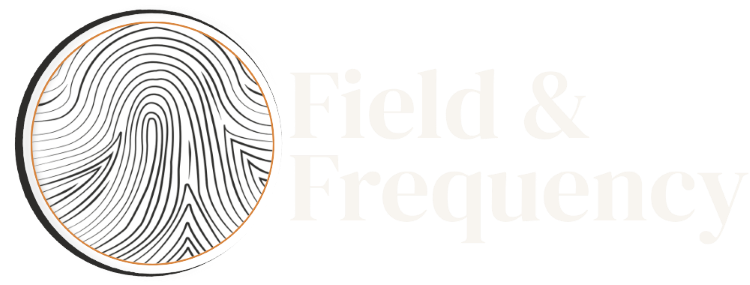12 June 2025
Default Settings, Default Outcomes
How well-intentioned personality tools can become communication cages.
Personality tests, DiSC assessments, Enneagram numbers, color wheels: these tools are everywhere in modern workplaces. Used well, they can foster self-awareness, empathy, and better communication. They can help us understand conflict styles, leadership tendencies, and how we recharge or respond to stress.
But too often, these tools become shortcuts. Labels. Boxes. And instead of inviting curiosity, they start to limit it.
When a team begins to say things like “That’s just how I’m wired” or “You know how Greens are,” the conversation has shifted. What, at first, offered insight now becomes insulation.
And here’s where it gets dangerous: When hiring decisions, promotions, or team dynamics are shaped not by performance or potential (but by the comfort of sameness).
Let’s talk about what happens when your default setting becomes your ceiling.
From tool to template to trap
It usually starts with good intentions. A team completes a DiSC assessment or an MBTI workshop. Everyone has a moment of recognition (“Ohhh, that is why I get quiet in group meetings”) and feels more seen.
But over time, those profiles can become fixed identities.
The visionary becomes “too much.”
The analyst becomes “too cold.”
The feeler becomes “too sensitive.”
The introvert becomes “not leadership material.”
Instead of making space for different kinds of brilliance, teams start building cultures around what feels predictable (and safe).
That’s not culture. That’s conformity.
Communication shouldn’t be pre-sorted
Personality tools should open conversations, not pre-load them. But when we start to expect people to show up according to a profile (or worse, punish them when they don’t) we stop listening.
I’ve seen it happen: leaders using assessments to justify avoidance ("I don’t do well with that type"), or teams assuming they know someone based on a four-letter code.
In one case, a senior leader proudly declared, “I’m a high D—so that’s just how I operate.” And that was that. No curiosity, no effort to adapt. The expectation was that the rest of the team would work around his directness, his impatience, his lack of relational nuance. He used his profile like a badge (and a shield). Not as a way to understand himself, but as a way to excuse himself from growing and to justify removing people he "couldn't work with" instead of learning how to connect across differences.
It’s not fair. And it’s not good communication.
Good communication asks: What are you actually saying? What are you not saying? How are we creating space for your voice to evolve?
Rewrite the default
The strongest teams aren’t made of one personality type (they’re made of many). You need the planners and the dreamers. The extroverts and the processors. The devil’s advocates and the harmony-seekers. A good mix doesn't just balance a team, it expands its range.
Here’s what it looks like when personality tools are used with integrity:
They’re a starting point, not a final word.
They’re updated over time (because people change).
They’re paired with honest, evolving conversations.
They’re used to deepen trust, not restrict access.
People are more than their DiSC type. Teams are more than their balance chart.
And the work of leadership is to meet people where they are, not where a test score says they’ll be.
Because if you don’t question the default, you’ll keep getting the same outcomes.
And sameness? That’s the real risk.
Next time on The Signal: "Performative Belonging." We'll unpack how some organizations signal inclusion in their branding, but fall short in their behavior, and what it really takes to create cultures of trust.

